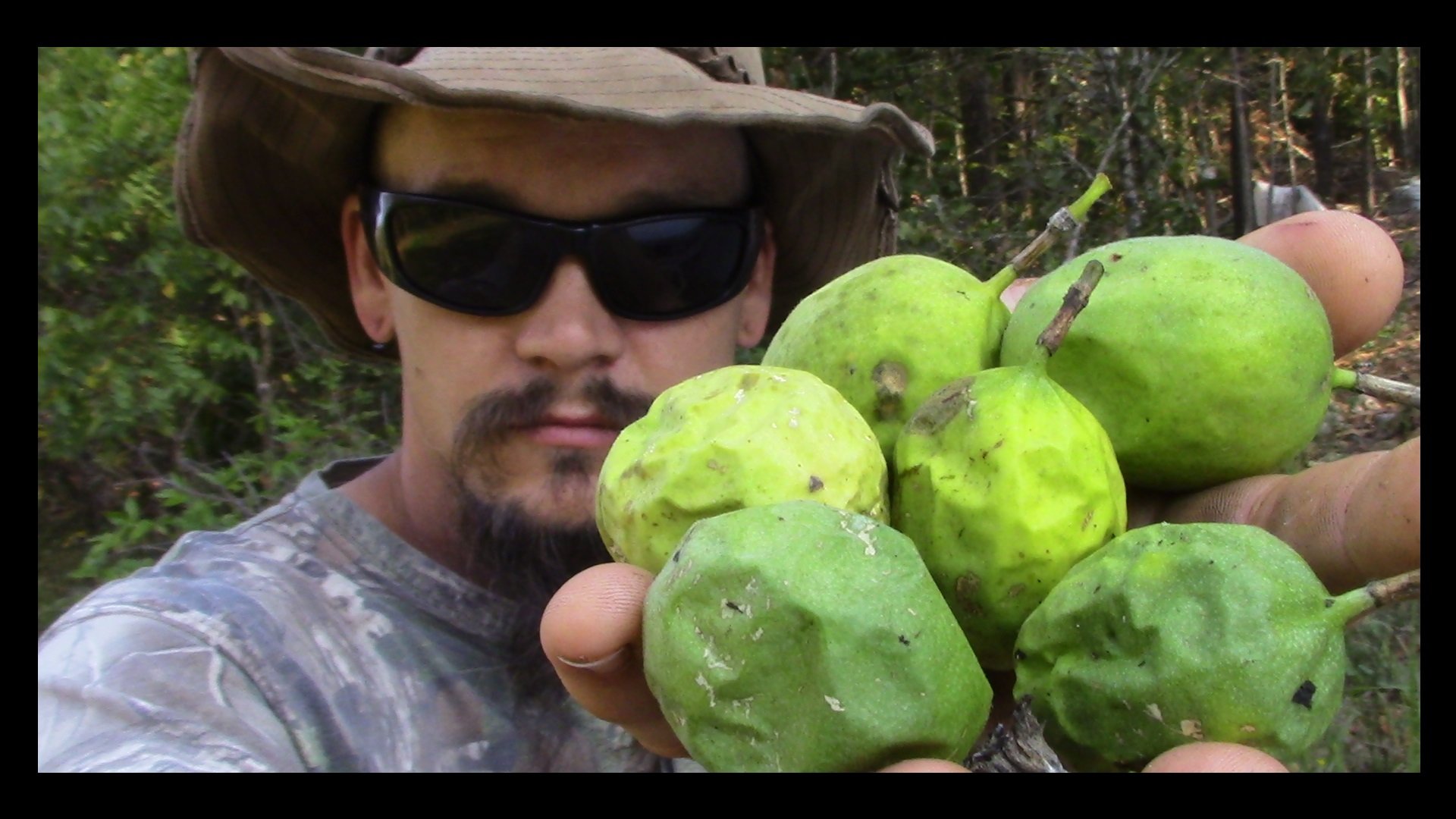
In this exciting new series, @papa-pepper will share about different plants that they plan on growing on the homestead, and why.
The first up is the Passionfruit, which has become one of our absolute favorites. It combines an excellent vine with amazing flowers, and at the end, a delicious fruit too! Check out the video!

PASSIONFRUIT VIDEO

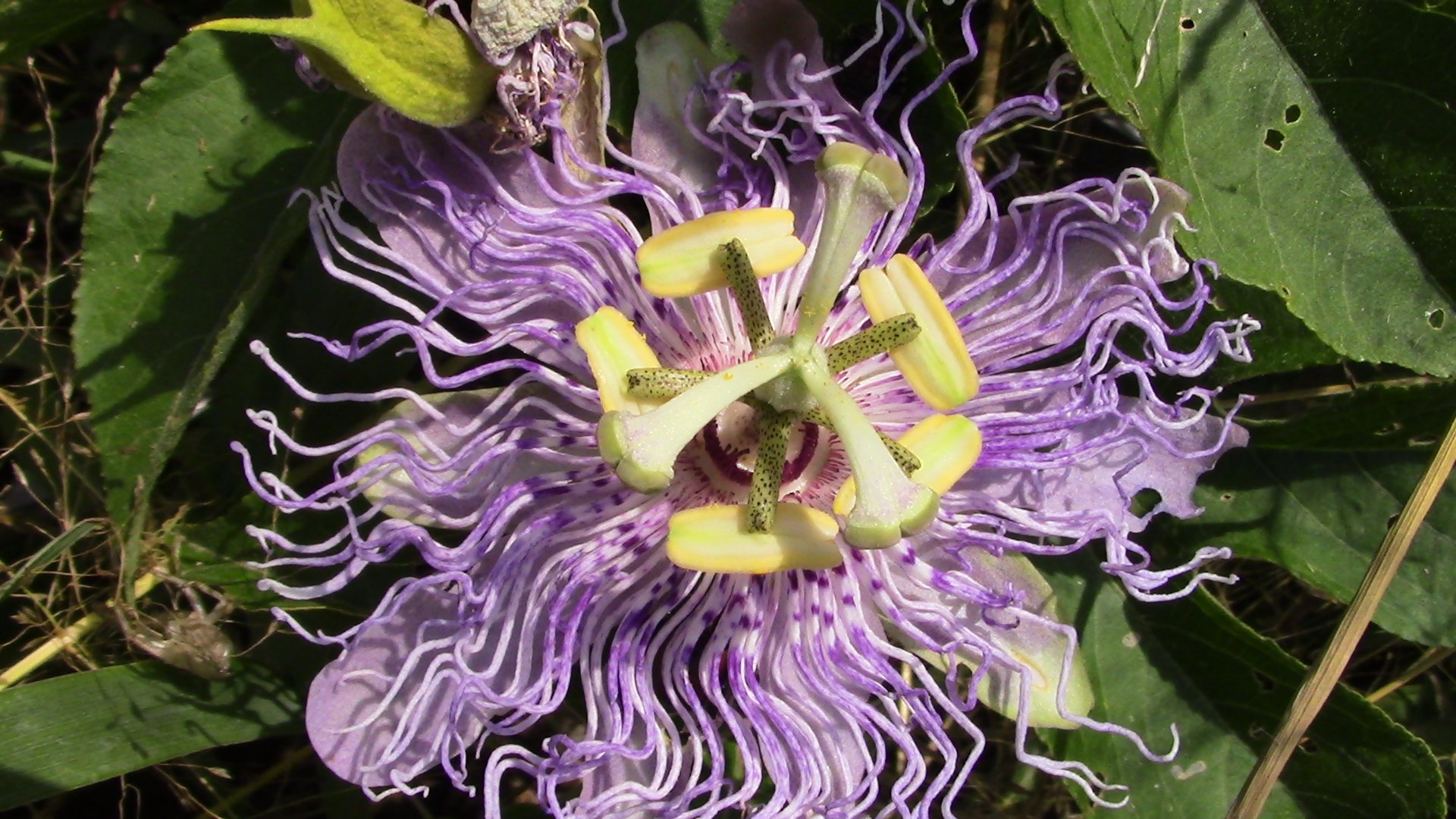
BACKGROUND
Back before Hurricane Katrina, when @papa-pepper lived in New Orleans for a while, I first stumbled upon this incredible plant. It was while living in New Orleans that a real appreciation for plants was developed in me that I never had before. I think that it was all of the amazing varieties combined with their incredible will to live.
I can still remember seeing my first passionflower. It was on a climbing vine on a fence, and it completely amazed me. Between the colors and structures, it boggled my mind. At the time, I had no clue that it eventually would produce a delicious edible fruit, but I still stood in awe of the flowers alone.
Back in those days, having my own homestead with as many of these plants growing on it as I would like was not even an idea. Today, though, I'm glad to be hard at work making it an reality.

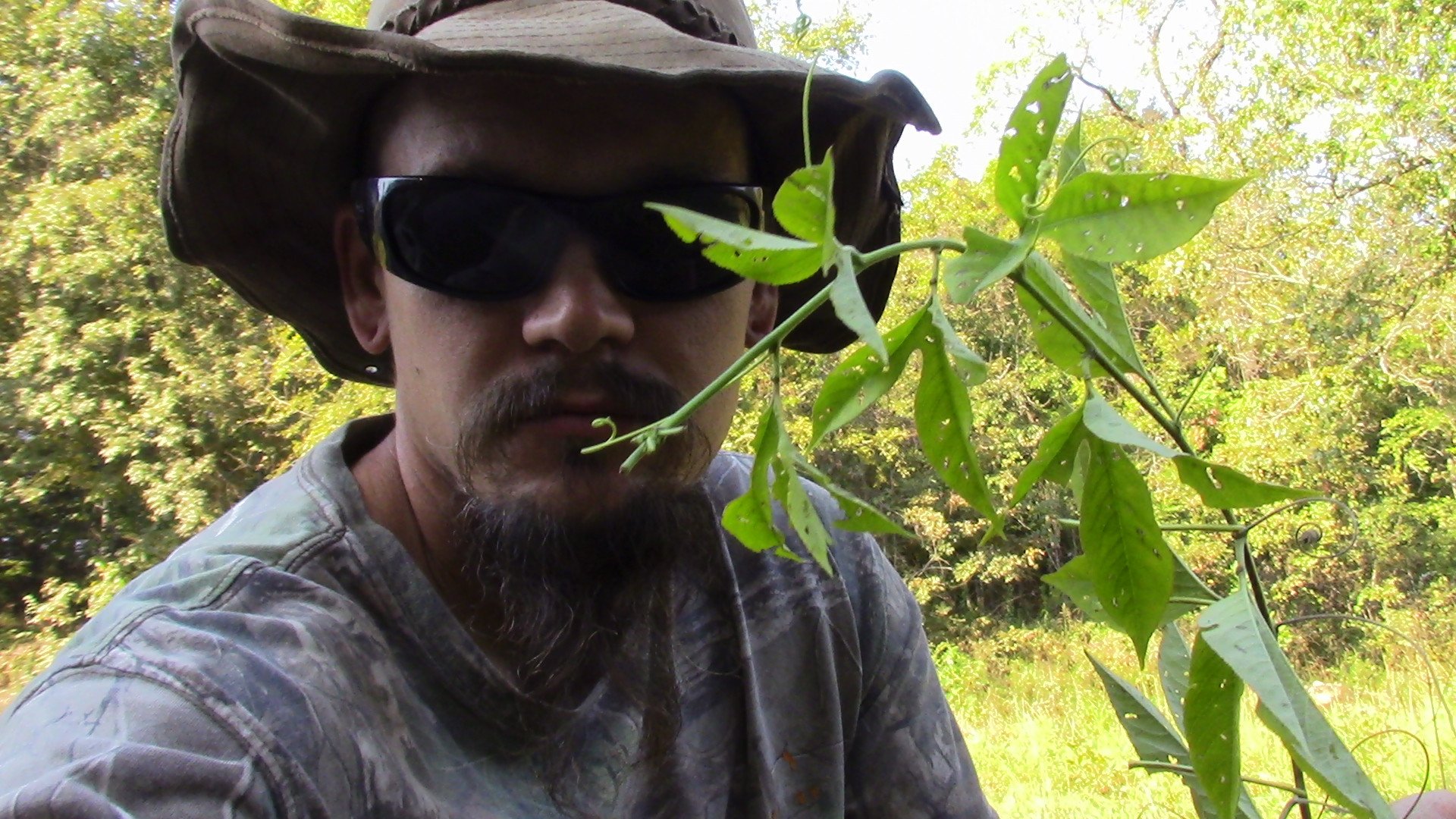
PLANT INFO
The Passiflora incarnata plant itself is a perennial vine. It is common across the southeastern United States. We have found it in the wild many places in our local area in the Ozarks. Since it needs a good amount of sunlight, you won't find it in the tall woods, but fields, fence lines, thickets, and the edge of the woods can all be good places to spot it.
Because of it's growth as a vine, it can sometimes be seen climbing debris or along fences. Often, it'll just be a long, tangles mess lying out in a field, when it cannot find anything to climb. Thankfully, it is also drought tolerant.
The leaves usually contain three lobes. I know that many of you may have heard, "leaves of three, let it be" in reference to Poison Ivy, but in this case, three leaves is good!

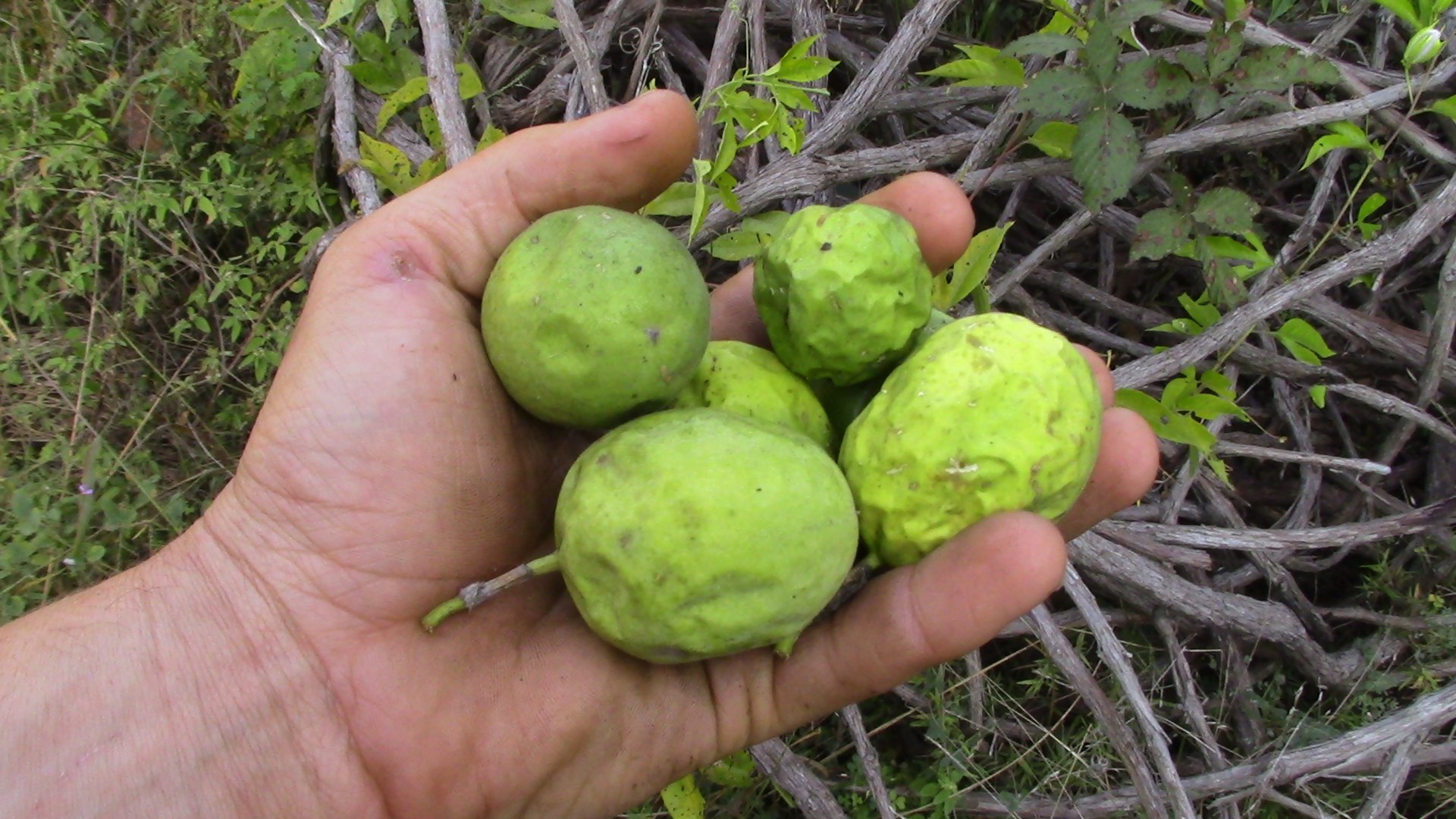
GROWING CONDITIONS
This particular variety of Passionfruit (there are over 500 kinds worldwide) can be grown outside in zones 7-11. It is a perennial plant that can die back to the ground in the winter and regrow again the next spring. The plant usually takes a couple years to produce fruit.
While it can be grown with some success in wet or acidic soil, it prefers a well drained medium for optimal growth. Also, it should get at least half a day of full sun. Though the individual flowers do not last long, many will bloom on the same vine, often in succession.

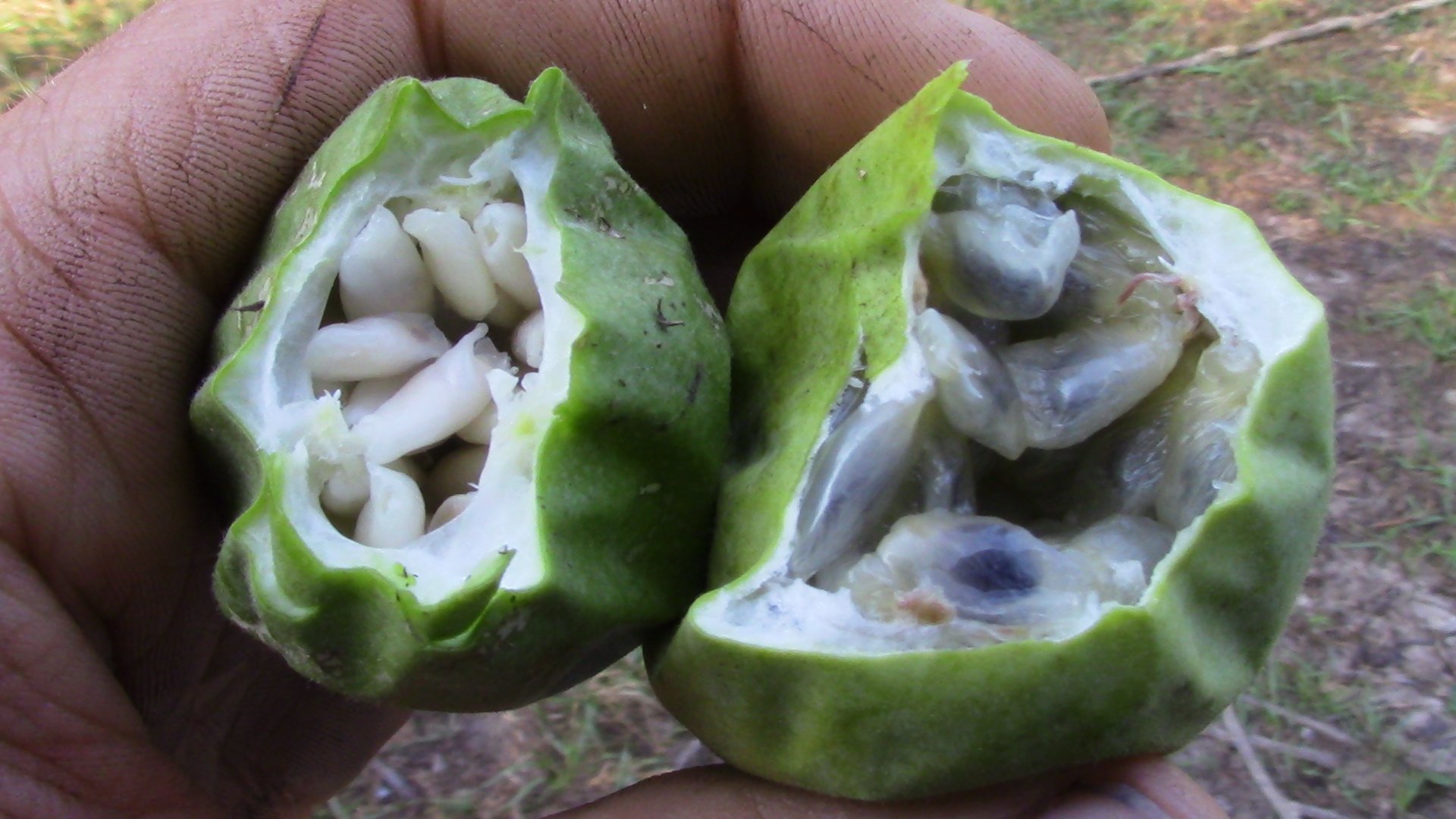
NUTRITIONAL VALUE
As a food source, getting a ripe fruit can be a little tricky at first. The one on the right in the photo above is fully ripe. The one with the white inside on the left is not fully matured yet. I was pretty much hit or miss when attempting to harvest them from the vines, but recently found out that if you wait for the fruit to drop to the ground prior to eating it, you are almost guaranteed to have a fully ripe and delicious fruit, which is commonly also known as a maypop.
As far a nutritional value, like many wild foods, it can be a good source of some essential vitamins and minerals. Among some of the other nutrition they contain are: 36% Vitamin C, 12% Iron, 11% Riboflavin, 10% Niacin, & 10% Phosphorus.
We like to enjoy them as a midday snack when we are working in the garden. Though some use them in juice mixtures or desserts, so far we have only enjoyed them fresh.

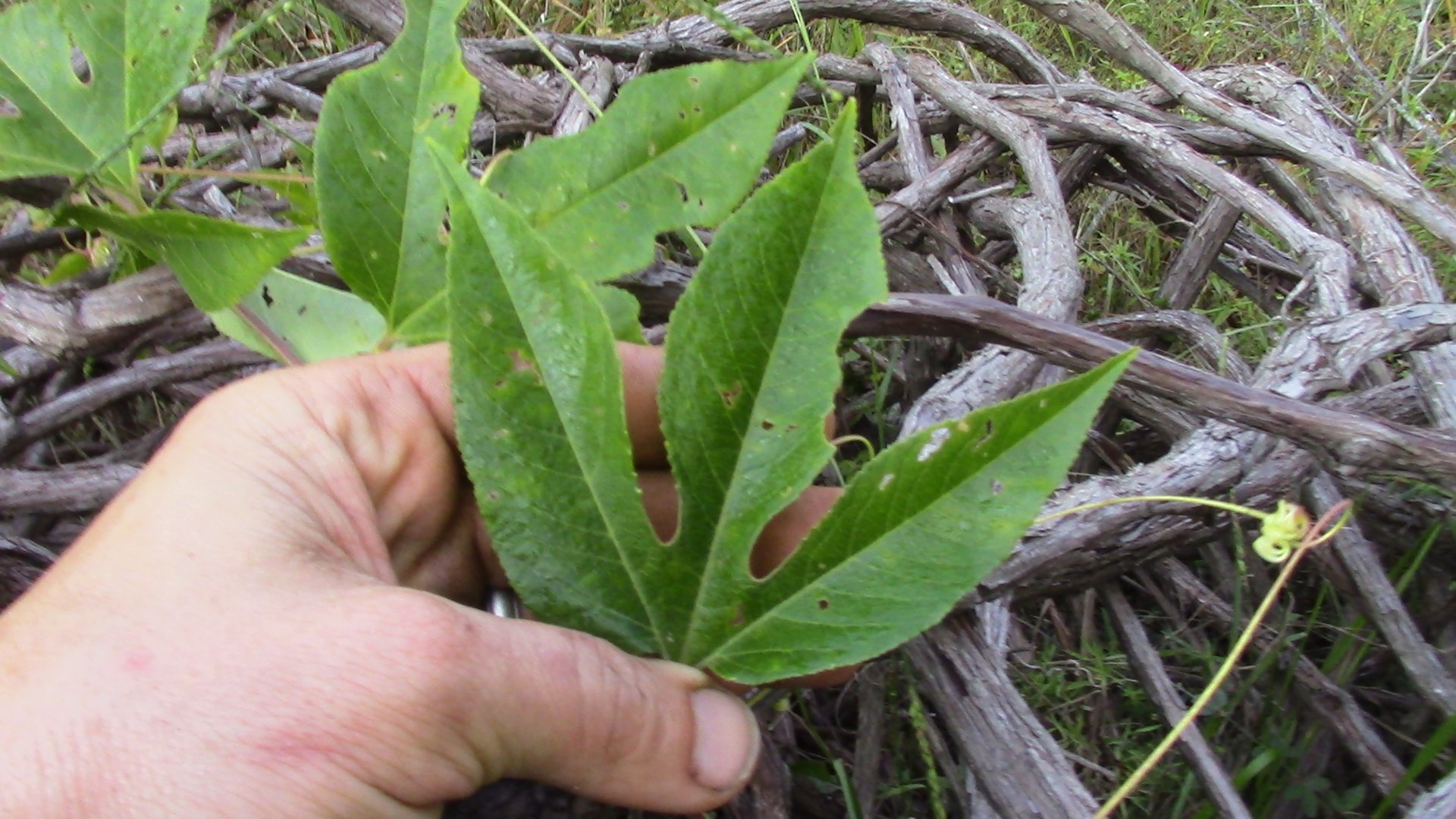
MEDICINAL BENEFITS
While there are some health benefits to eating the maypop, the leaves can also be used to make an herbal tea. This is one of the most common medicinal uses for the plant.
Since the plant has the potential to act as a sedative when used this way, it has long been brewed as a tea to fight insomnia and anxiety. Additionally, it can act as an antisconvulsant which had lead to many using it to treat epilepsy and Parkinson's disease.

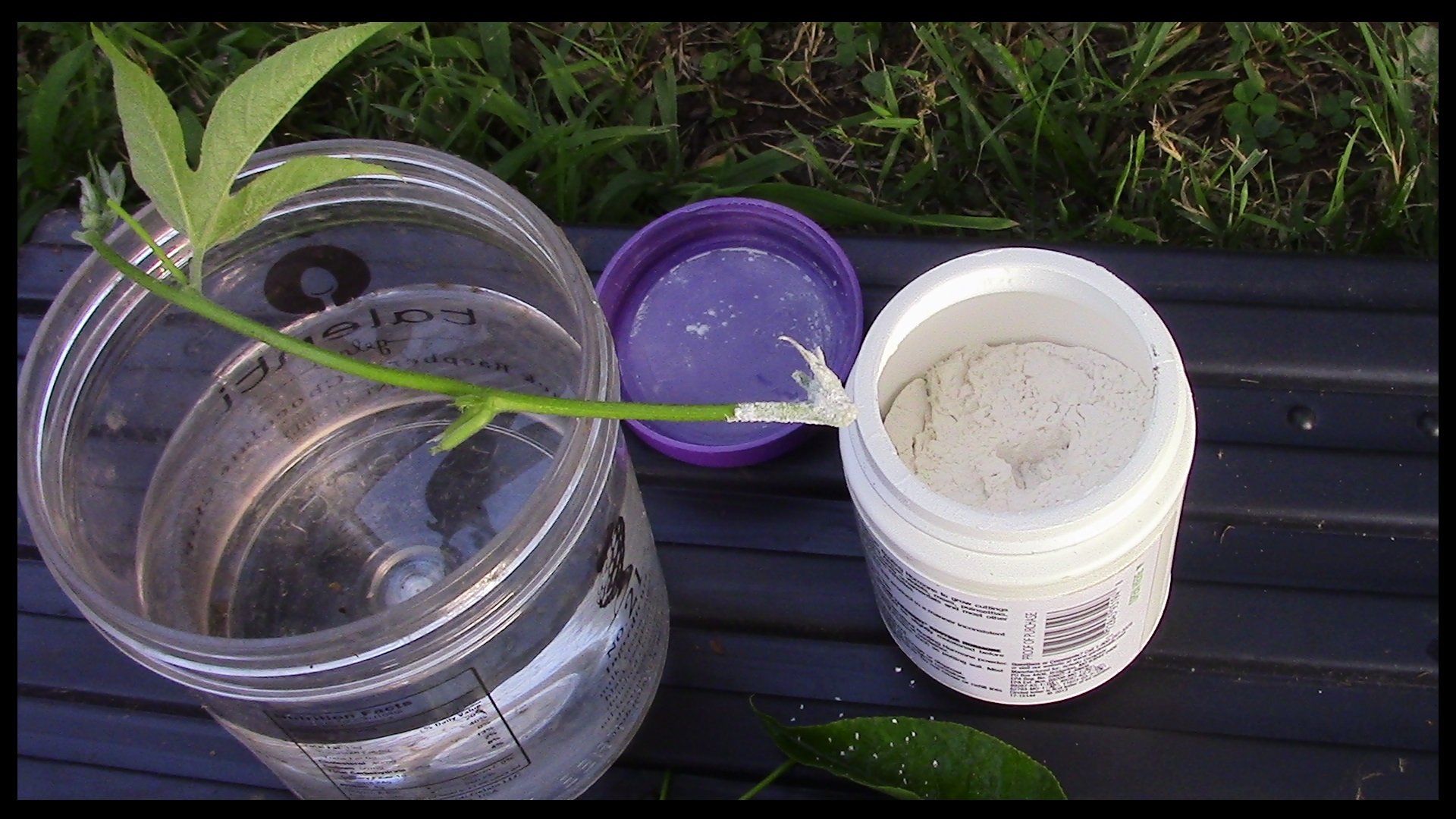
PROPAGATION
I've been practicing propagating the Passionfruit vines for over a year now. Though they can also be grown from seeds, propagating the vines is a great way to get a head start.
By taking cuttings of the mature vines and removing all but the top few leaves, you will be able to plant the bare stem. I like to use a little rooting hormone to encourage success, but I'm experimenting with other methods too.
Since the Passionfruit vine can spread rather rapidly, it can be considered to be invasive and many would strongly recommend against growing it in your garden. On our homestead, we will be concentrating the planting of it along fence lines and other areas where it will be free to grow, without overtaking other crops.
To see my post from last year on how I propagate this plant, please follow this link: @papa-pepper/papa-peppers-guide-to-plant-propagation-passionfruit-and-elderberry

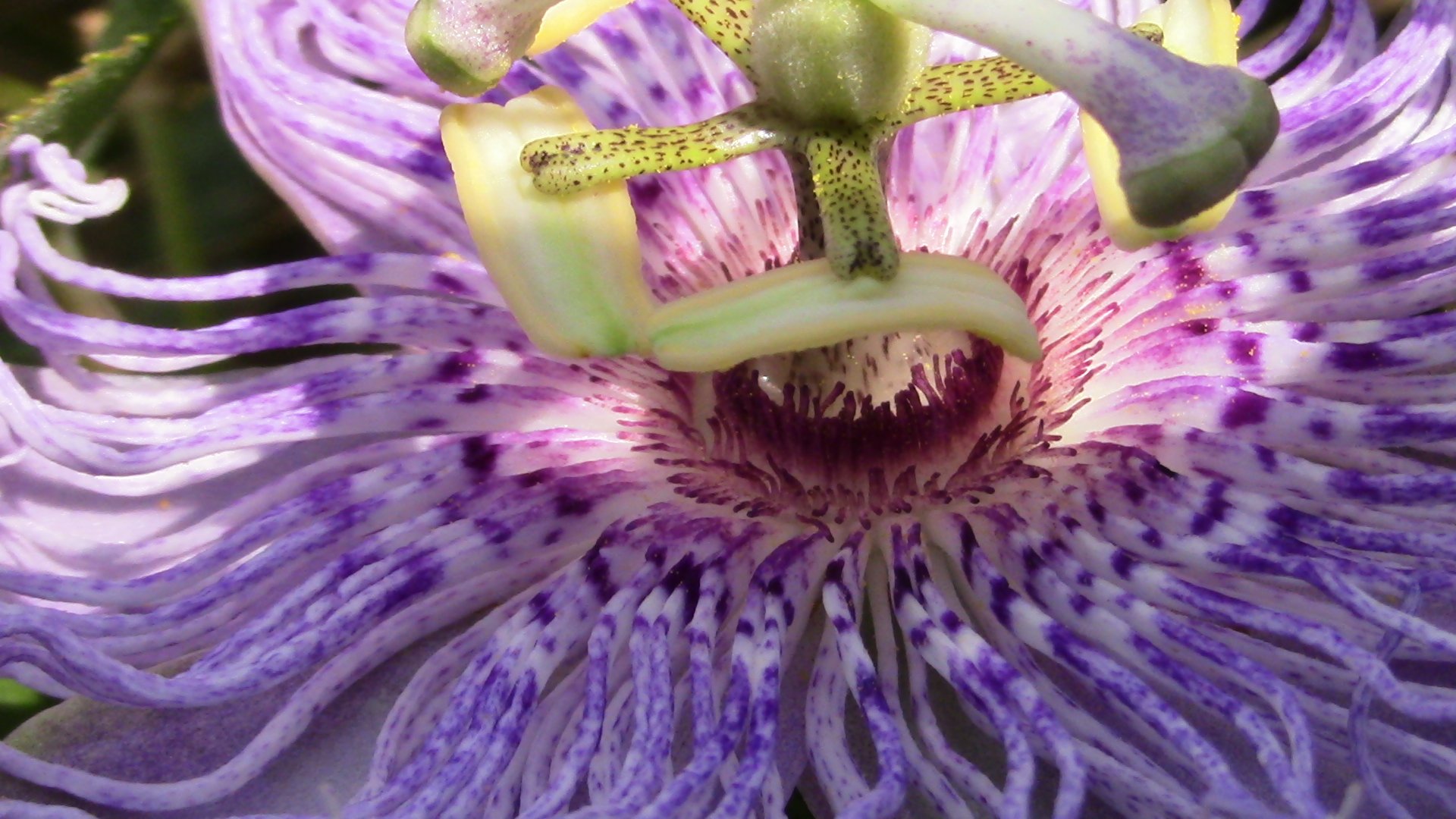
CLOSING THOUGHTS
To have stewardship over a portion of the earth is an incredible opportunity. One of our main goals is growing food, so we will be experimenting with a large variety of plants and methods. Eventually, we hope to have a large food forest to forage.
The Passionfruit is just one of the many food bearing plants that also have other purposes. We will enjoy the blooms and have some excellent evening tea from this plant as well. Our efforts in growing it so far have been incredible, and we can't wait to shift into "full STEEM ahead" mode down on our land!
All photos, video, and writing are original, but some research was done at the following websites: Source 1, Source 2, Source 3.

As always, I'm @papa-pepper and here's the proof:

proof-of-passionfruit
Until next time…
Don’t waste your time online, invest it with steemit.com



